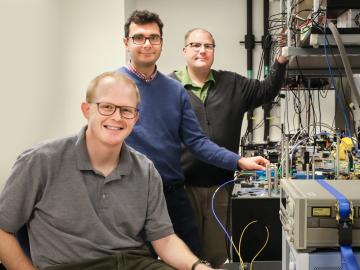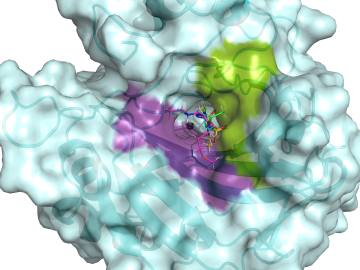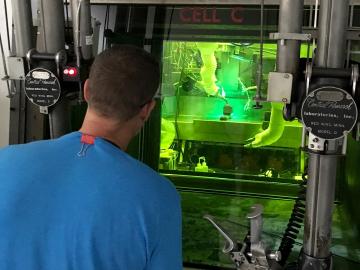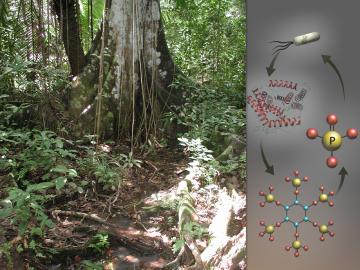Filter News
Area of Research
- Advanced Manufacturing (1)
- Biological Systems (1)
- Biology and Environment (7)
- Clean Energy (29)
- Climate and Environmental Systems (1)
- Computational Biology (1)
- Computational Engineering (1)
- Computer Science (1)
- Energy Frontier Research Centers (1)
- Fuel Cycle Science and Technology (1)
- Fusion and Fission (5)
- Isotopes (3)
- Materials (35)
- Materials for Computing (6)
- National Security (3)
- Neutron Science (18)
- Nuclear Science and Technology (6)
- Nuclear Systems Modeling, Simulation and Validation (1)
- Sensors and Controls (1)
- Supercomputing (17)
News Type
Date
News Topics
- 3-D Printing/Advanced Manufacturing (10)
- Advanced Reactors (1)
- Artificial Intelligence (3)
- Big Data (1)
- Bioenergy (3)
- Biology (5)
- Biomedical (5)
- Biotechnology (1)
- Buildings (4)
- Chemical Sciences (4)
- Climate Change (1)
- Composites (4)
- Computer Science (16)
- Coronavirus (4)
- Critical Materials (2)
- Cybersecurity (4)
- Decarbonization (1)
- Energy Storage (9)
- Environment (4)
- Frontier (3)
- Fusion (5)
- Grid (3)
- High-Performance Computing (5)
- Isotopes (6)
- ITER (1)
- Machine Learning (1)
- Materials (11)
- Materials Science (8)
- Microscopy (5)
- Nanotechnology (7)
- National Security (3)
- Neutron Science (10)
- Nuclear Energy (4)
- Physics (4)
- Polymers (3)
- Quantum Computing (3)
- Quantum Science (7)
- Security (4)
- Summit (7)
- Sustainable Energy (6)
- Transportation (4)
Media Contacts

A team of researchers led by the Department of Energy’s Oak Ridge National Laboratory has demonstrated a new method for splitting light beams into their frequency modes. The scientists can then choose the frequencies they want to work with and encode photons with qu...

New insights from neutron analysis of glaucoma drugs and their enzyme target may help scientists design drugs that more effectively target aggressive cancers.
A team of researchers led by the Department of Energy’s Oak Ridge National Laboratory used neutro...

Scientists of the Department of Energy’s Light Water Reactor Sustainability Program (LWRS) and partners from the Electric Power Research Institute (EPRI) have conducted the first weld tests to repair highly irradiated materials at DOE’s Oak Ridge National Laboratory.

A team led by the Department of Energy’s Oak Ridge National Laboratory has uncovered how certain soil microbes cope in a phosphorus-poor environment to survive in a tropical ecosystem. Their novel approach could be applied in other ecosystems to study various nutrient limitations and inform agriculture and terrestrial biosphere modeling.

A team of researchers from the Department of Energy’s Oak Ridge National Laboratory has married artificial intelligence and high-performance computing to achieve a peak speed of 20 petaflops in the generation and training of deep learning networks on the




